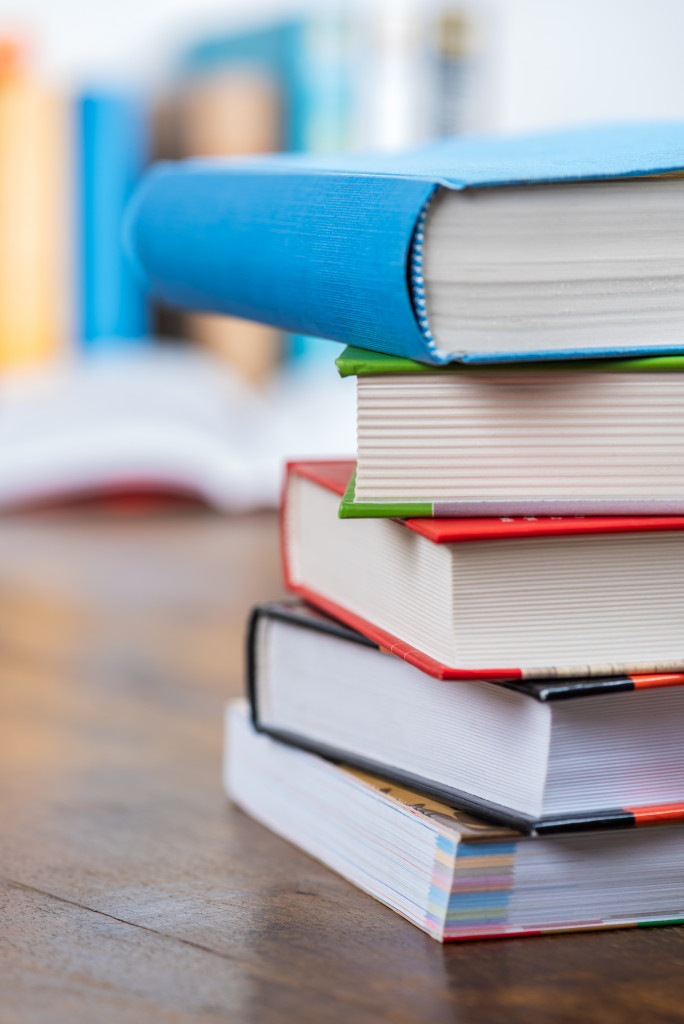Englischsprachige Bücher zur Alexander-Technik
Introductory Books
Brennan, Richard
Alexander Technique workbook
An easy introduction to the Technique. It contains details about the history and the principles and gives numerous exercises that you can follow to give you greater understanding of them. It is suitable for those new to the Technique as well as those who have had Alexander Technique lessons. Illustrated with clear line drawings.
Gelb, Michael
Body Learning
Providing answers to commonly asked questions about the Alexander Technique and a glossary of significant terms, this book is a guide to dynamic relaxation, with information for newcomers to the technique and details of the complex mental and physical dynamics involved.
Besides being a thorough introduction to the seven operational ideas (principles) of the Technique, it is also a personal account of the changes which can take place as a result of practicing the Technique. The author relates how the Technique can be applied to activities like aikido, writing, running, swimming, juggling and giving speeches. It also contains a brief history of how the Technique has been applied in schools and of the author’s work. A best-seller, which has become a classic.
Gray, John
Alexander Technique
Not an ordinary introduction book but rather a work-book for those who are having (or have had) lessons in the Technique. It emphasises the essential, basic procedures in learning the Technique. With its practical approach it contains many chapters on working on oneself: lying down, sitting and standing, working against a wall, monkey, hands on the back of a chair, whispered ‚Ah‘ etc. The text is easy to read, written as a teacher would speak through a lesson, and contains advice for teachers too. It is illustrated throughout with many photographs and diagrams of poor and good use.
Nicholls, Carolyn
The Posture Workbook
D&B Publishing, 2000
Stevens, Chris
Alexander Technique
Further Reading
Barlow, Marjory
An examined life
Binkley, Goddard
The Expanding Self
Bloch, Michael
The life of Frederick Matthias Alexander
Carrington, Walter
Explaining the Alexander Technique
Jones, Frank Pierce
Collected Writings on the Alexander Technique
Jones, Frank Pierce
Freedom to Change
Reprint of Body Awareness in Action
Vineyard, Missy
How You Stand, How You Move, How You Live: Learning the Alexander Technique to Explore Your Mind-Body Connection and Achieve Self-Mastery
Westfeldt, Lulie
F.Matthias Alexander
The man and his work
Memoirs of Training in the Alexander Technique 1931 – 34.
Special Topics
de Alcantara, Pedro
Indirect Procedures: A Musician´s Guide to the Alexander Technique
Balk, Malcom & Shields, Andrew
Master the Art of Running: Raise Your Performance with the Alexander Technique
Heirich, Jane Ruby
Voice and the Alexander Technique
Active explorations for speaking and singing
Tottle, Sally A.
Bodysense: Revolutionize Your Riding With the Alexander Technique
Further Titles, possibly undeliverable
Barlow, Wilfred
The Alexander Principle
Carrington, Walter
A Time to Remember
Drake, Jonathan
The Alexander Technique in Everyday life
MacDonald, Glynn
Alexander Technique, the complete illustrated guide
MacDonald, Patrick
The Alexander Technique as I see it
Machover, Ilana & A .u. J. Drake
Alexander Technique Birth Book
A guide to better pregnancy, natural birth and parenthood
Park, Glen
The Art of Changing – A New Approach to the Alexander Technique
„An admirable and important book, the implications are profound.“ Sir George Trevelyan. The Art of Changing has established a fine reputation twice over: as one of the very best introductions to the Alexander Technique and as a unique exploration of its relationship with the human energy body. The first part of the book outlines the theoretical basis of the Technique with the help of imaginative line drawings and observational exercises. The second part is the author’s synthesis between the Technique and the human body as an energy system (presented in terms of auras and chakras). There are exercises for cleansing and energizing the chakras and there is a chapter on how to work with affirmations (self-suggestion)
